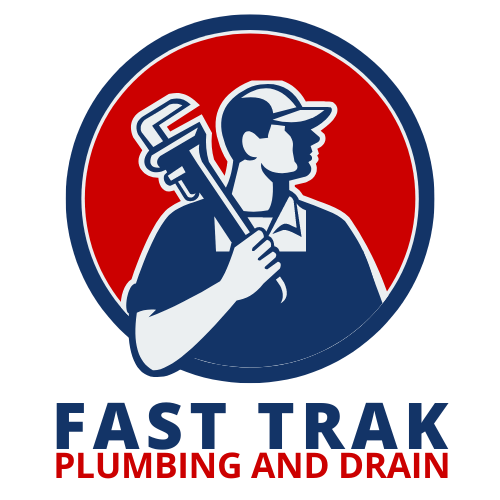
The Role of Sump Pumps in Protecting Colorado Basements from Flooding
Learning More About the Threat of Basement Flooding in Colorado

Colorado's diverse climate, with its mix of heavy snowfall, sudden temperature changes, and intense rainstorms, presents unique challenges for homeowners, particularly when it comes to protecting basements from flooding. In this comprehensive guide, we'll explore the indispensable role of sump pumps in safeguarding Colorado basements, discussing their functionality, benefits, installation considerations, and maintenance requirements.
Basement flooding is a significant concern for many Colorado homeowners, especially those living in areas prone to heavy rainfall, rapid snowmelt, or high water tables. With the potential for water intrusion through foundation cracks, window wells, or sewer backups, basement flooding can cause extensive property damage, mold growth, and compromise structural integrity.
The Functionality of Sump Pumps
Sump pumps are specialized devices designed to remove excess water from basements and crawl spaces, effectively preventing flooding and water damage. Typically installed in a sump pit or basin located below the basement floor, sump pumps activate automatically when water levels rise above a certain threshold, pumping water outside the home through a discharge pipe.
Benefits of Sump Pump Installation:
- Flood Prevention: Sump pumps act as a proactive defense mechanism against basement flooding, intercepting incoming water before it has the chance to accumulate and cause damage.
- Property Protection: By keeping basements dry and moisture-free, sump pumps help protect valuable belongings, furniture, appliances, and structural components from water-related deterioration.
- Mold Prevention: Excess moisture in basements can create an ideal environment for mold and mildew growth, posing health risks to occupants. Sump pumps help mitigate these risks by maintaining a dry and ventilated basement space.
- Increased Home Value: A properly functioning sump pump system adds value to a home by providing peace of mind to prospective buyers, especially in flood-prone areas like Colorado.
- Insurance Savings: Many insurance providers offer discounts on homeowners' insurance premiums for properties equipped with sump pumps, recognizing their role in reducing the risk of water damage claims.
Considerations for Sump Pump Installation in Colorado
When installing a sump pump in a Colorado home, several factors must be taken into account to ensure optimal performance and reliability:
- Pump Capacity: Choose a sump pump with sufficient capacity to handle the anticipated water volume based on factors such as basement size, water table depth, and local precipitation patterns.
- Backup Power Source: Given Colorado's susceptibility to power outages during severe weather events, consider installing a battery backup or generator to ensure continuous sump pump operation.
- Discharge Location: Proper disposal of pumped water is essential to prevent re-entry into the basement. Determine an appropriate discharge location away from the foundation, ensuring adequate drainage and compliance with local regulations.
- Maintenance Requirements: Regular maintenance is crucial for sump pump longevity and effectiveness. Tasks such as testing the pump, cleaning debris from the basin, and inspecting discharge pipes should be performed at least once a year, preferably before the rainy season or snowmelt.
What Are The Signs That Indicate A Sump Pump May Be Needed In A Colorado Basement?
Recognizing the signs that indicate a sump pump may be needed in a Colorado basement is crucial for homeowners to proactively address potential flooding risks and safeguard their properties. Here are some common indicators that suggest the need for a sump pump installation:
1. Water Seepage or Dampness: Persistent moisture or dampness on basement walls, floors, or along the baseboards is a clear indication of water infiltration. If left unaddressed, this moisture can lead to mold growth, mildew, and structural damage over time.
2. Musty Odors: A musty or moldy smell in the basement is often a sign of excess moisture and poor ventilation. This odor is typically caused by mold and mildew growth resulting from water seepage or high humidity levels, highlighting the need for effective moisture management solutions like a sump pump.
3. Cracks in Basement Walls or Floors: Visible cracks in the basement walls or floors may indicate
hydrostatic pressure exerted by groundwater against the foundation. As water seeps through these cracks, it can lead to further structural damage and increase the risk of basement flooding, necessitating the installation of a sump pump to mitigate water intrusion.
4. Efflorescence: Efflorescence, characterized by white, powdery deposits on basement walls and floors, is a sign of water penetration and mineral buildup. This phenomenon occurs when water evaporates, leaving behind dissolved salts and minerals, and is often indicative of ongoing moisture problems that require attention.
5. Mold or Mildew Growth: The presence of mold or mildew on basement surfaces, such as walls, ceilings, or stored items, indicates excess moisture and poor ventilation. Mold thrives in damp environments and can pose health risks to occupants, making it essential to address underlying moisture issues with solutions like a sump pump.
6. High Water Table: Homes located in areas with high water tables, such as those near rivers, lakes, or in low-lying areas, are more susceptible to groundwater infiltration and basement flooding. Installing a sump pump can help manage rising water levels and prevent water damage in such environments.
7. Previous Flooding Incidents: If a home has experienced basement flooding in the past, it's a clear sign that existing drainage systems may be inadequate to handle groundwater or surface water runoff. Installing a sump pump provides an added layer of protection against future flooding events and helps minimize water damage risks.
8. Seasonal Water Intrusion: Seasonal changes, such as heavy rainfall, snowmelt, or spring thaws, can exacerbate water infiltration issues in basements. If homeowners notice an increase in water seepage or dampness during certain times of the year, it may indicate the need for a sump pump to manage excess moisture effectively.
9. Warped or Buckled Flooring: Warped or buckled flooring in the basement can be a sign of prolonged exposure to moisture, leading to wood rot, swelling, and structural instability. Addressing the underlying moisture problem with a sump pump can help prevent further damage and preserve the integrity of the basement floor.
Book a Service Today
We will get back to you as soon as possible
Please try again later
Having a plumbing problem?
We'll Fix it today!
Don't let a plumbing problem disrupt your day – contact Fast Track Plumbing and Drain today, and we'll fix it right away!

QUICK LINKS
OUR SERVICES
CONTACT INFO
Located in Commerce City, we're strategically positioned to cater to clients in surrounding cities, all within a convenient 2-hour drive.
720 636-4127
We are available 24/7!
All Rights Reserved | Fast Trak Plumbing and Drain
Website Managed by Leads By Vinny

